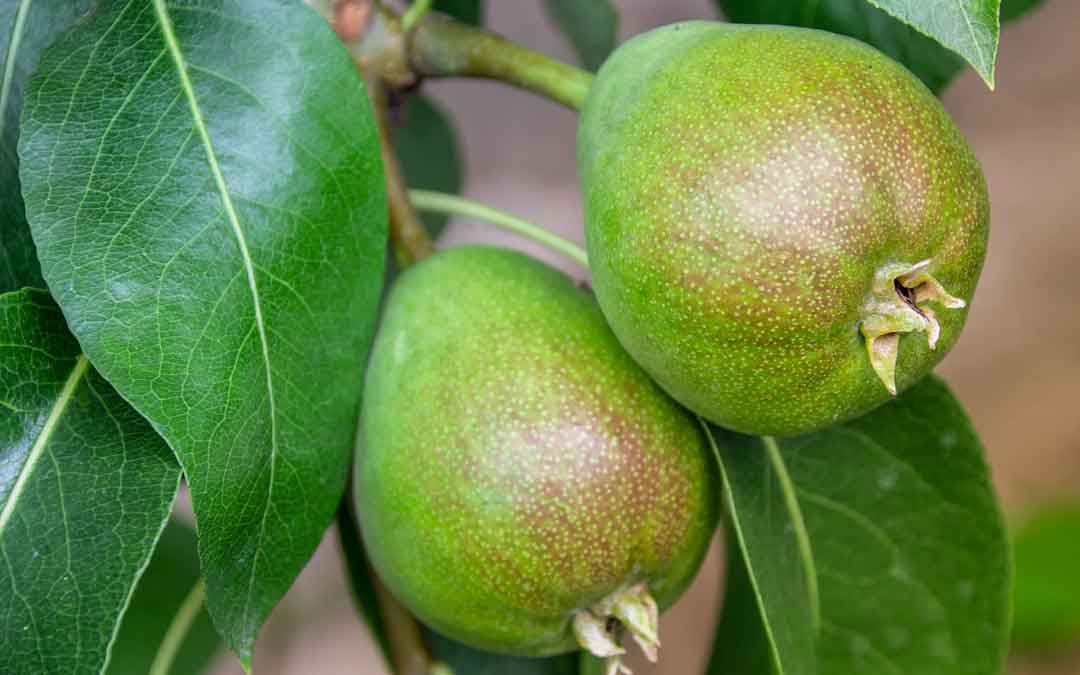Defeating pear and cherry slug

A close inspection of pear and cherry trees at this time of year, is likely to reveal small, black slimy slugs on almost every leaf. The pear and cherry slug munches its way through the green chlorophyll of the leaves, leaving behind a lacy network of veins that is quite unappealing and reduces the productivity of the tree.
The pear and cherry slug is the larvae of the Sawfly which lays its eggs on pear and cherry leaves. It is not confined to these trees, also affecting (but not as severely) apples, crabapples, hawthorn, medlar, plum and quince. The Sawfly appears in summer as larvae, winter in the ground as pupae and lay again as adults in the spring.
How to treat pear and cherry slug
There are a number of treatments:
- Wetting the leaves and standing upwind of the tree and casting wood ash, lime, flour, chalk or powdered clay onto the wet leaves is one solution. The slugs dry out, shrivel and drop off. The disadvantage of this method is that rain can wash the powdery substance away leaving the trees prone to further attack. Repeating the process too many times can affect the pH of the soil especially if using wood ash or lime.
- Squashing the slugs daily with your fingers. The disadvantage is that it is a daily task, and not a particularly pleasant one.
- Spraying with water containing a squirt of dishwashing liquid. The disadvantage is that it needs to be repeated frequently.
- Hosing forcefully – this is the least difficult and has the advantage of watering the tree at the same time but does need to be done regularly in the warm weather when the slug is most prolific.
- Use an insecticidal spray. Some of these are organic, others not. Again, this needs to be done regularly as soon as the slug reappears.
- Employ chooks to scratch around the base of the trees. The pupae are found in the ground and are a tasty morsel for chooks. This disrupts the breeding cycle.
A garden that attracts predators including other flies, wasps and lacewings plus small birds is ideal but in my experience is not enough. Using a combination of several of the above, gets the best results.
Written by Robin Gale-Baker
